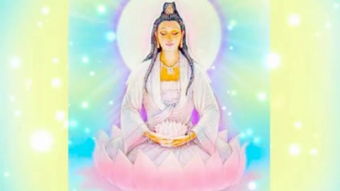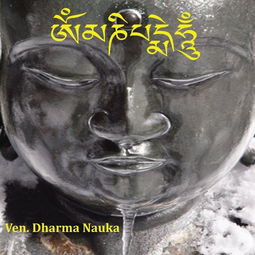
Om Mani Padme Hum: A Deep Dive into the Mystical Mantra
The Om Mani Padme Hum mantra is a sacred Buddhist prayer that has captivated the hearts and minds of practitioners for centuries. This article delves into the origins, meanings, and significance of this powerful mantra, offering a comprehensive exploration of its many dimensions.
Origins of the Mantra

The Om Mani Padme Hum mantra is believed to have originated in the 8th century in Tibet. It is closely associated with the teachings of Padmasambhava, also known as Guru Rinpoche, who is considered the second Buddha in Tibetan Buddhism. The mantra is often found inscribed on prayer wheels, flags, and other sacred objects, serving as a constant reminder of its profound meaning.
Meaning of the Mantra

The mantra consists of four syllables: Om, Ma, Ni, and Padme Hum. Each syllable carries a unique meaning:
| Syllable | Meaning |
|---|---|
| Om | Represents the universe and all its elements, including the mind, body, and speech of the Buddha. |
| Ma | Represents the precious and impermanent nature of the world, emphasizing the importance of compassion and wisdom. |
| Ni | Represents the Buddha’s compassion, which is the driving force behind the mantra’s purpose. |
| Padme Hum | Represents the lotus flower, which symbolizes purity and the Buddha’s enlightenment. It also represents the path to enlightenment, as the lotus grows from mud yet remains pure. |
Together, these syllables form a powerful prayer that invokes the blessings of the Buddha and encourages practitioners to cultivate compassion, wisdom, and enlightenment.
Practical Applications of the Mantra

The Om Mani Padme Hum mantra is used in various ways by practitioners:
-
Chanting: Practitioners recite the mantra aloud or silently, focusing on its meaning and the energy it generates.
-
Mantra Meditation: Some practitioners use the mantra as a meditation tool, focusing on its syllables and visualizing the lotus flower.
-
Prayer Flags: The mantra is often inscribed on prayer flags, which are hung in the wind to spread its blessings to all beings.
-
Prayer Wheels: The mantra is inscribed on prayer wheels, which are spun to generate merit and blessings.
Benefits of Chanting the Mantra
Chanting the Om Mani Padme Hum mantra offers numerous benefits to practitioners:
-
Emotional Well-being: The mantra helps to cultivate a sense of peace, calm, and compassion, reducing stress and anxiety.
-
Mental Clarity: The repetitive nature of the mantra helps to focus the mind, promoting clarity and concentration.
-
Spiritual Growth: The mantra serves as a powerful tool for spiritual development, helping practitioners to cultivate wisdom and compassion.
-
Connection to the Buddha: Chanting the mantra helps practitioners to connect with the Buddha’s teachings and blessings.
Conclusion
The Om Mani Padme Hum mantra is a profound and powerful tool for spiritual growth and transformation. Its origins, meanings, and practical applications make it a valuable resource for anyone seeking to cultivate compassion, wisdom, and enlightenment. By embracing this sacred mantra, practitioners can embark on a journey of self-discovery and spiritual awakening.





